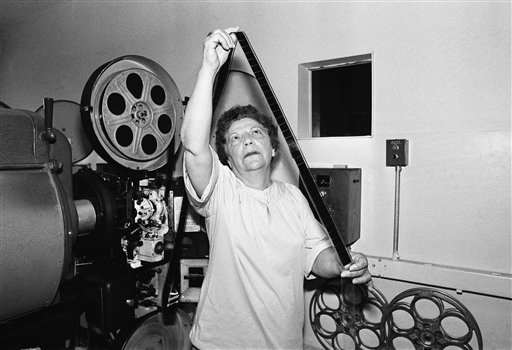The Supreme Court decision in Mutual Film Corp. v. Industrial Commission of Ohio, 236 U.S. 230 (1915), which has been modified since, severely restricted the application of First Amendment freedoms to the medium of movies.
Progressives directed efforts against the motion picture industry
Throughout the Progressive Era — roughly 1890 to about the end of World War I — engaged citizens waged intense political and legal campaigns to retain hegemonic control of American culture, which they perceived as being under attack by Catholics, non-Protestants, immigrants, and migrants. Progressives directed their concerns not only against child labor, prostitution, and other ills, but also against the motion picture industry, which was growing during this era.
Court denied First Amendment protection to motion pictures
At the time, any state or municipal government could create its own movie censorship board, and many did. Ohio had one such board, and, like the others, Ohio’s levied a licensing fee to film distributors. The Mutual Film Corporation of Detroit sought an injunction against this censorship board, claiming that licensing fees restricted interstate commerce, and further argued the statute was a clear violation of the free speech provisions in the U.S. and Ohio constitutions. The Supreme Court upheld the Ohio law, thus refusing motion pictures federal protection by the First Amendment. The constitutional guarantee of freedom of speech would be denied to movies for 37 years.
Court said state could license films
In a unanimous decision, the Court rejected all of Mutual Film’s arguments, declaring the state within its legal right to license films, which the Court compared to “the theatre, the circus, and other shows and spectacles.” Justice Joseph McKenna, writing for the Court, added that states and local communities had inherent police power to grant or withhold “licenses for theatrical performances as a means of their regulation.” McKenna insisted that motion pictures were “a business, pure and simple, [and not] regarded by the Ohio Constitution, we think, as part of the press . . . or as organs of public opinion.” McKenna concluded, “We feel the argument is wrong or strained which extends [federal] . . . guarantees of free speech to . . . [movies because] they may be used for evil.”
Justices placed movies in same category as circuses and other shows
Author Garth Jowett explains that although the justices conceded that movies were clear “mediums of thought . . . capable of disseminating ideas, the fear of the Court was that they could be used for ‘evil’ purposes by those seeking merely to make a profit, and [such] danger was only increased by the enormous inherent attraction the medium held for the public.” By placing “movies in the same category as circuses and other sideshow spectacles,” Jowett concludes, the justices just “reflected the traditional judicial suspicion of the theater and the arts.”
Court later overturned this ruling
Once the Court ruled that movies were not speech, protection by the Constitution became moot. Moreover, at that time it was not clear that First Amendment protections would extend to or be binding on the states. In fact, the Court did not extend these protections to the states until its 1925 decision in Gitlow v. New York. The Supreme Court overturned the Mutual ruling in Burstyn v. Wilson (1952), also known as The Miracle decision.
This article was originally published in 2009. Bob Pondillo is a filmmaker and retired Professor Emeritus in Mass Communication and Culture at Middle Tennessee State University

